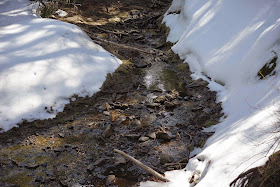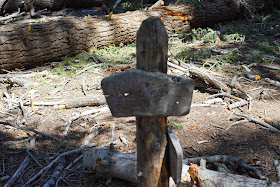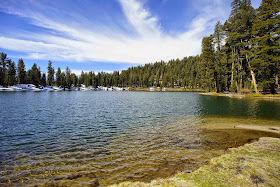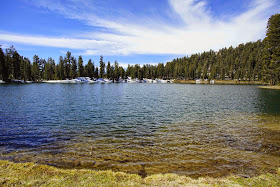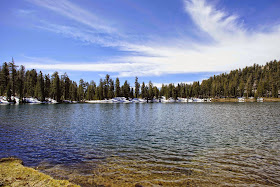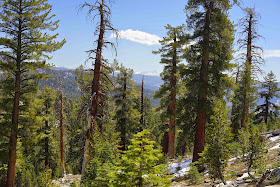Dale Matson
“When you have 8,000 veterans a year committing suicide,
then you have a serious problem.” –Sen. Richard Blumenthal (D-Conn.)
Where do these numbers come from? They come from the
Veteran’s Administration Report of 2012. http://www.va.gov/opa/docs/suicide-data-report-2012-final.pdf . These numbers do not include Texas and California statistics.
As a Vietnam era veteran (stationed in Fairbanks Alaska), it grieves me deeply that these
men have perished in such great numbers. As a retired psychologist, I am well
aware that suicides are underreported events also, so the true number is even
greater. I would briefly like to discuss why I believe these numbers are
significantly higher than the general population and my concerns about the
future.
Certainly Post Traumatic Stress Disorder is a major factor
with returning combat veterans. Symptoms can include flashbacks, depression,
anxiety and drug abuse. The U.S. Department of Veterans Affairs statistics
indicates that about twelve percent of combat veterans suffer from PTSD. http://www.ptsd.va.gov/public/PTSD-overview/basics/how-common-is-ptsd.asp
Although the current statistics on Vietnam combat veterans
is higher at fifteen percent, it is possible that more time has passed for
symptoms to surface and/or be acknowledged.
When
the numbers are evaluated, an underlying predisposition to PTSD is cited as one
factor. However, I think this is less the case for someone who would volunteer
to go in harms way. It would be interesting to see the breakdown of those who
suffered from PTSD in Vietnam who were volunteers versus those who were
drafted and served in combat.
One
aspect to modern war going back to Vietnam was the higher survival rate of
casualties because of them being med evacuated compared to previous wars. These
“wounded warriors” came home missing limbs and suffering from traumatic brain
injury (TBI) as a higher percentage of the returning veterans. They were both maimed on the outside and damaged on the inside.
I
believe the civilian attitude toward our military has varied over the years.
Even those opposed to the several modern conflicts still support the troops that
fight in these conflicts. I think this was in part because of President Reagan
support for veterans and the overwhelming victory in Operation Desert Storm.
General Norman Schwarzkopf who served in Viet Nam was determined to reverse the
public perception that our military was inept.
Ask most Vietnam era veterans and we will say that we were
increasingly disliked as the war progressed. We were portrayed in films and TV
as mentally disturbed and dishonorable. We were not looked upon as returning
WWII heroes. Many Vietnam era veterans including me left their military
service off their resume when applying for jobs. The civilian attitude seems to
be shifting back toward disrespect for the military. http://www.theblaze.com/stories/2015/04/23/a-total-disgrace-wounded-veterans-at-beach-retreat-say-partying-college-students-spit-on-and-harassed-them/
Additionally, there is the same morale and malaise problem setting in with the modern troops that happened in the later years of the Vietnam war. There is the same problem with mission creep and confusion about the outcome today as in Vietnam.
Another factor that I see as an issue worth paying attention
to is the fact that we have always had a professional military but we have not had so many volunteer
soldiers recycled into a combat zone so often. The Navy Seal Robert O'Neill
retired after serving only sixteen of 20 years needed for a pension. He claimed
that after so many missions, he was worn out. He noted that the number of
missions should be factored into the 20-year requirement to reduce it. The
multiple mission volunteer soldiers are beginning to leave and retire. There is
no doubt that PTSD will be an increasing problem not properly dealt with. As
the saying goes, “Pay me now or pay me later”.











